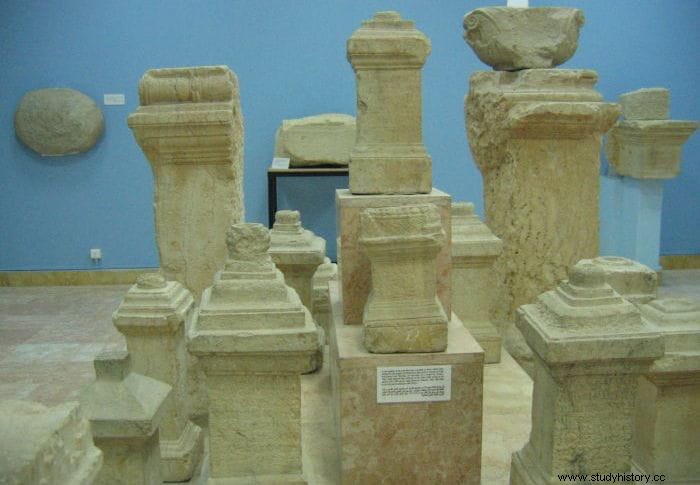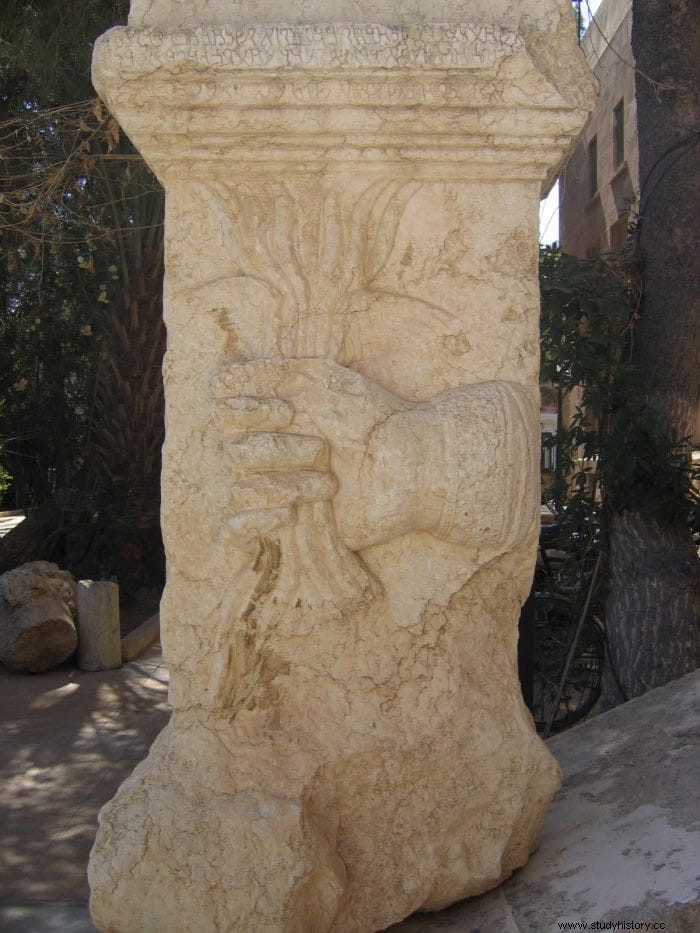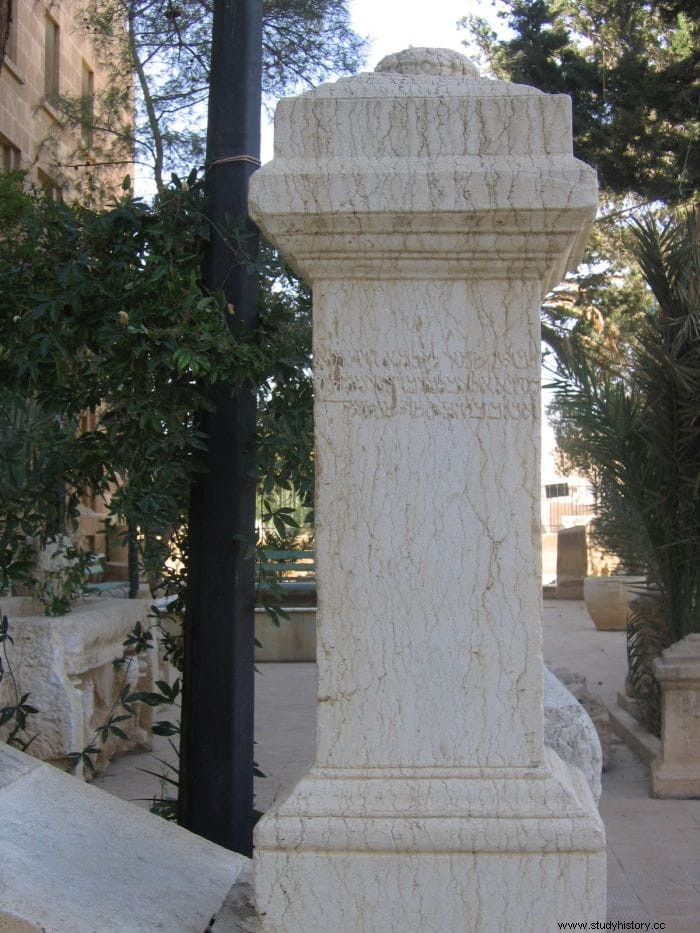Polish archaeologist Aleksandra Kubiak-Schneider has unveiled a centuries-old mystery after identifying more than 200 inscriptions addressed to an anonymous god in the ancient city of Palmyra, in present-day Syria, which was the capital of the empire of the same name under the famous queen Zenobia, among others. the years 268-272
Among the approximately 2,500 Aramaic inscriptions on various architectural elements scattered throughout Palmyra, she found some 200 texts dated mainly to the 2nd and 3rd centuries AD. All of them contained mysterious phrases to address a deity:He whose name is blessed forever , Lord of the Universe , Merciful .
According to Kubiak-Schneider these inscriptions were found on stone altars intended to burn offerings of incense, juniper grains and other aromas and to pour liquids.

For about 100 years, scientists have been trying to determine which deity was the recipient of this particular phrase. While waiting to solve the enigma, they have used the term:the Anonymous God of Palmyra .
Kubiak-Schneider said that this was interpreted as monotheistic manifestations and tendencies to worship a single god, a mystical dimension of the cult of the Lord of Heavens, Baalshamin, as well as a taboo against pronouncing the name of the deity similar to the existing in Judaism, because these phrases have been evoking and continue to evoke biblical connotations .
Meanwhile, the solution to the puzzle lay elsewhere. The researcher realized that the specific way of addressing the anonymous deity was the same as in the hymns that were sung and recited in the temples of the first millennium BC. of ancient Mesopotamia to thank many important deities for their help:Marduk-Bel (the most important deity of Babylon), Nabu (the patron god of literacy), Nergal (god of the subsoil), Hadad (god of the storm and the rain).
According to Kubiak-Schneider, the recipients were multiple deities who deserved the eternal hymn of thanks. Thus the name Merciful it refers to Bel-Marduk, the head of the Babylonian pantheon also worshiped in Palmyra, who saved people and gods from Tiamat, a monster who embodied chaos and darkness. The Lord of the Universe , in turn, can refer to Bel as well as Baalshamin, the god of storm and fertility identified with Zeus. Only the phrase He whose name is blessed forever it can be universal and refer to any male deity, who listened to the requests of the praying person and deserves eternal glory, which is confirmed by the ancient hymns and prayers of Babylon and Assyria from the periods before Alexander the Great and the Romans.

The non-use of the name of the god in the case of dedication was therefore a sign of respect. The Palmyrans knew the names of their deities perfectly, says the archaeologist.
According to Kubiak-Schneider it is therefore not surprising that the image of the deity is not found on the altars, which in this case is not related to the prohibition of representing the divine face. There was no Anonymous God, every god who listened and showed favor to the petitions deserved eternal praise.
The people who financed these inscriptions at Palmyra came mainly from elite and moderately wealthy families. Among the people who commissioned them were both women and men; some of them were slaves, freed former slaves, free people, as well as Roman citizens.
According to Dr. Kubiak-Schneider, her finding is significant because it demonstrates the continuity of pre-Hellenistic traditions in the Middle East, which influenced the configuration of today's great monotheistic religions:Judaism, Christianity and Islam. The results of it also indicate the existence of religious poetry used in rituals almost 2,000 years ago, but which has not been preserved until today.

Furthermore, research shows that the deities had many names and titles used depending on the situation and the person addressing them. Each name carries a different message, showing different aspects of the deities worshiped in polytheistic systems, such as Palmyra or the cities of Mesopotamia, or the Roman Empire.
The results of the analyzes appeared in the book Dédicaces votives sans théonyme de Palmyre. Béni (soit) sont nom pour l’eternité (Unnamed Votive Dedications of Palmyrene Deities. He Whose Name Is Blessed for Eternity) published by Brill.
Palmyra was an ancient metropolis that mediated trade between the Roman Empire and the Far East:Persia, China, and India. At first it was a modest caravan city, to end up becoming one of the largest metropolises in the Mediterranean region in the 1st and 2nd centuries. It became famous above all for its picturesque and monumental stone architecture:long colonnades and numerous temples dedicated to various gods. Palmyra was declared a UNESCO World Heritage Site in 1980. From 1959 until the start of the civil war in 2011 this ancient city was studied by a Polish archaeological mission.
